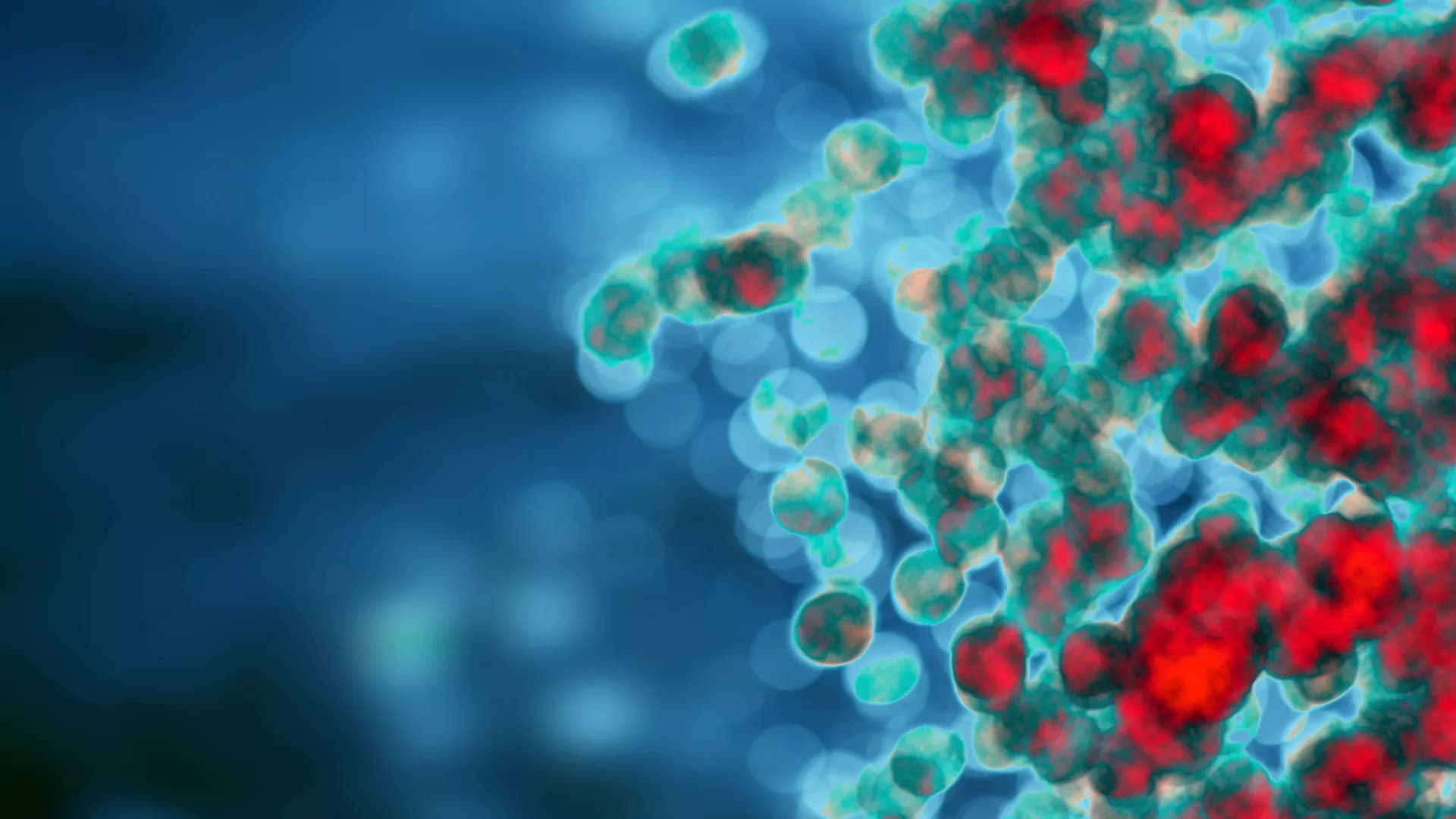The innate immune response represents the first-line of defense against invading pathogens. Reactive oxygen species (ROS) and reactive nitrogen species (RNS) have been implicated in various aspects of innate immune function, which involves respiratory bursts and inflammasome activation. These reactive species widely distributed within the cellular environment are short-lived intermediates that play a vital role in cellular signaling and proliferation and are likely to depend on their subcellular site of formation. NADPH oxidase complex of phagocytes is known to generate superoxide anion radical (O2•−) that functions as a precursor for antimicrobial hydrogen peroxide (H2O2) production, and H2O2 is utilized by myeloperoxidase (MPO) to generate hypochlorous acid (HOCl) that mediates pathogen killing. H2O2 modulates the expression of redox-responsive transcriptional factors, namely NF-kB, NRF2, and HIF-1, thereby mediating redox-based epigenetic modification. Survival and function of immune cells are under redox control and depend on intracellular and extracellular levels of ROS/RNS. The current review focuses on redox factors involved in the activation of immune response and the role of ROS in oxidative modification of proteins in macrophage polarization and neutrophil function.
Liver transplantation is the ultimate method for treating end-stage liver disease. With the increasing prevalence of obesity, the number of patients with non-alcoholic fatty liver, a common cause of chronic liver disease, is on the rise and may become the main cause of liver transplantation in the future. With the increasing gap between the number of donor livers and patients waiting for liver transplantation and the increasing prevalence of non-alcoholic fatty liver, the proportion of steatosis livers among non-standard donor organs is also increasing. Ischemia-reperfusion injury has historically been the focus of attention in the liver transplantation process, and severe ischemia-reperfusion injury leads to adverse outcomes of liver transplantation. Studies have shown that the production of reactive oxygen species and subsequent oxidative stress play a key role in the pathogenesis of hepatic ischemia and reperfusion injury and non-alcoholic fatty liver. Furthermore, the sensitivity of fatty liver transplantation to ischemia-reperfusion injury has been suggested to be related to the production of reactive oxygen species (ROS) and oxidative stress. In ischemia-reperfusion injury, Kupffer cell and macrophage activation along with mitochondrial damage and the xanthine/xanthine oxidase system promote marked reactive oxygen species production and the inflammatory response and apoptosis, resulting in liver tissue injury. The increased levels of ROS and lipid peroxidation products, vicious circle of ROS and oxidative stress along with mitochondrial dysfunction promoted the progress of non-alcoholic fatty liver. In contrast to the non-fatty liver, a non-alcoholic fatty liver produces more reactive oxygen species and suffers more serious oxidative stress when subjected to ischemia-reperfusion injury. We herein review the effects of reactive oxygen species on ischemia-reperfusion injury and non-alcoholic fatty liver injury as well as highlight several treatment approaches.










